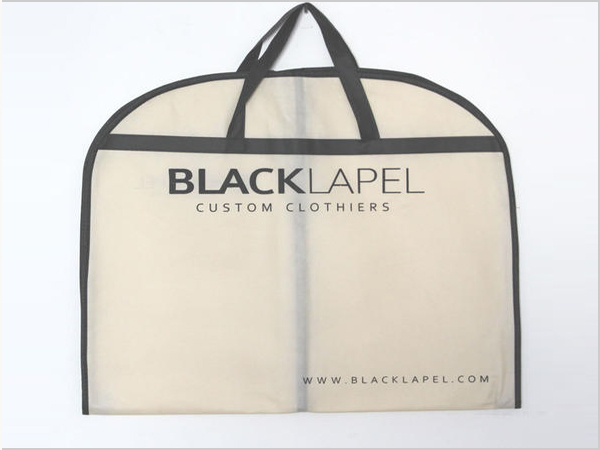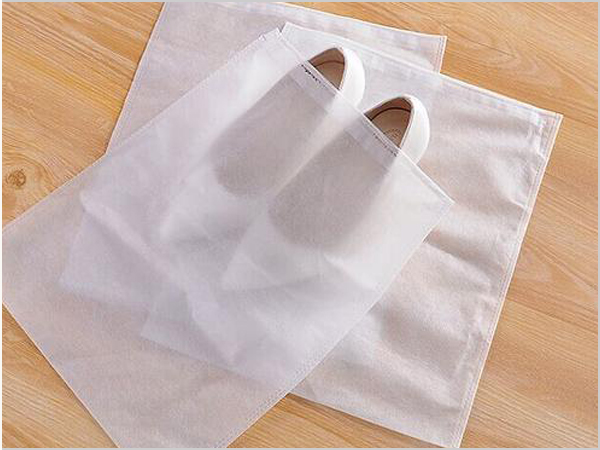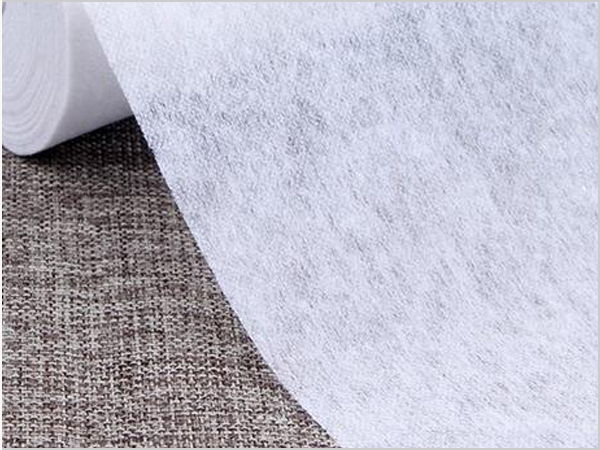- Spunbond nonwoven fabric has outstanding performance and is widely used in various scenarios
- Why can spunbond nonwoven fabric dominate the market?
- Foreign trade exports are moving forward under pressure, with both resilience and challenges coexisting
- Explore the environmental protection characteristics and application fields of PP non-woven fabric
- The rise of the Latin American market is expected to become a new growth pole for China's textile foreign trade

- Telephone: 0551- 66779966
- Cellphone: 18955130444
- Email: 58792982@qq.com
- Address: Building 1-2, East of Wubu Village Section, Hehuai Road, Wushan Town, Changfeng County, Hefei City, Anhui Province
Nature has inspired people to prepare various biomimetic structures. The excellent strength and toughness of natural spider silk are mainly due to its special hierarchical structure, such as β-sheet cross-linking points, helical nanoassemblies with highly arranged molecular chains, and rigid sheath-soft core, etc. Many researchers have achieved better man-made fiber properties by simulating these properties, however, how to make clever use of the spinning process to simultaneously achieve the above-mentioned hierarchical structure features is still challenging.
Recently, the research team of Liu Zunfeng from Nankai University, Zhou Xiang from China Pharmaceutical University and Zhu Meifang from Donghua University, inspired by the structure of spider silk protein, prepared a soluble cross-linked nanogel and spun it with a spider silk-like layer. Structured cross-linked fibers provide a new strategy for direct spinning of high-strength and high-tenacity fiber materials.
The β-sheets in spider silk proteins act as cross-linking points, and the cross-linked network is located within the nanometer-sized globular protein. Therefore, spidroin is soluble and can be directly spun into layered fibers by self-assembly. Inspired by the spider silk structure and spinning process, the researchers prepared soluble nanogels with an internal cross-linked network, and prepared nanogels suitable for different monomers by controlling the concentration of the cross-linking agent during the free radical polymerization process. When the content of cross-linking agent increased from 0.15% to 1.05%, the diameter and aggregation amount of the nanogel macromolecules gradually increased.
To study the relationship between the stretch-spinning ability of the nanogels and the particle size, the researchers spun the fibers on a mechanical tester until the fibers broke, while measuring the mechanical stress. The theoretical model predicts that the critical stress leading to nanogel fracture is inversely proportional to the square root of the nanoparticle radius.
To further investigate whether the size and arrangement of nanocomponents can be tuned by adding nucleating particles to improve the mechanical properties of fibers, the researchers prepared single-walled carbon nanotubes/polydopamine (SWNT-PDA) composites and synthesized them in SWNT-PDA. Nanogels with a crosslinker content of 0.15% were synthesized in the presence of 0.15% crosslinkers, and the effects of the introduction of nucleating particles on the nanogel fiber structure and properties were subsequently investigated. The results showed that with the increase of SWNT-PDA content, the breaking strength, breaking strain and toughness of the nanogel fibers showed an upward trend, and the nanocomponents were arranged more neatly and the average diameter decreased.
By pre-stretching the fibers, the arrangement of molecular chains is significantly increased and the average fiber diameter is decreased. For fibers with a pre-tension strain of 50%, this structural evolution significantly increases the fiber's mechanical strength and reduces its elongation at break. After further twisting optimization, a combination of fiber breaking strength of 1.27GPa and toughness of 383MJ/m3 was finally achieved, which is very close to the performance value of natural spider silk.
- Spunbond nonwoven fabric has outstanding performance and is widely used in various scenari
- Why can spunbond nonwoven fabric dominate the market?
- Foreign trade exports are moving forward under pressure, with both resilience and challeng
- Explore the environmental protection characteristics and application fields of PP non-wove
- The rise of the Latin American market is expected to become a new growth pole for China's
- The production process of spunbond nonwoven fabric determines its unique characteristics!
- The global trade landscape is undergoing significant changes in 2025
- The 11th China International Silk Conference was held in Shengze
- What are the core advantages of spunbond nonwoven fabric?
- What are the magical aspects of the manufacturing process of spunbond nonwoven fabric?



